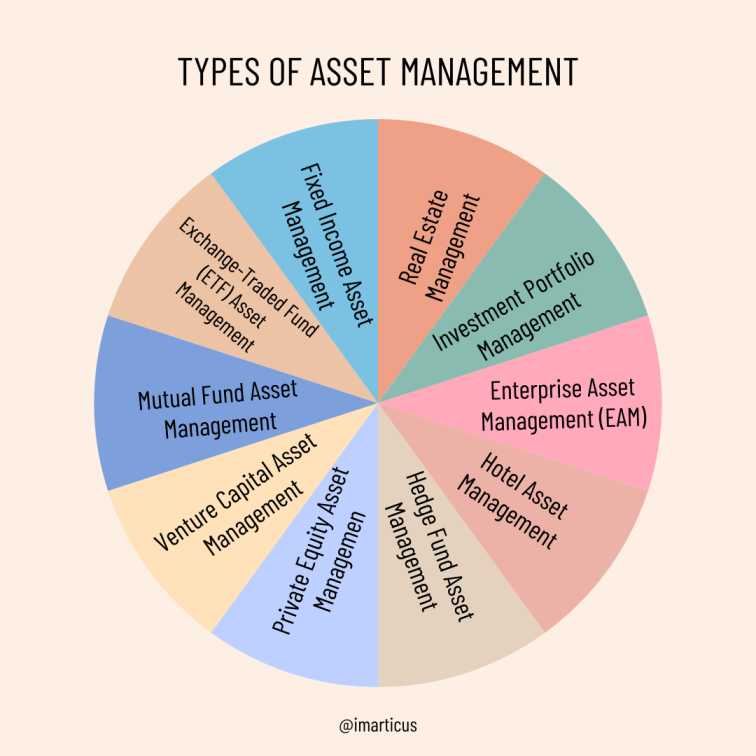A well-established business or organisation requires funds at every stage of development. Finance management becomes crucial for carrying out multiple activities, projects and also operations to run the business.
Businesses need to ensure that the required funds are available at every stage of the organisation’s development. Finance management and corporate finance become so crucial because the organisation will require funds to develop its infrastructure as proposed and also establish machinery and plants.
In this case, the first question is what is corporate finance and how it can be beneficial for a career in finance. Also, to learn all the corporate finance topics and gain a foundational grasp of corporate finance analysis, you can explore the Post Graduate Financial Analysis Program by Imarticus.
What is Corporate Finance?
Corporate finance plays a key role in funding as well as the actions that management carries out to develop a valuable organisation. The corporate finance definition explains it as the development of the capital structure of the company to maximise resource utilisation. Corporate finance’s main purpose is to keep a balance between profitability and the risk involved with the invested capital.
Objectives of Corporate Finance
The assurance of all the aspects of finance required to carry out organisational actions towards creating stockholder value become the fundamental objectives of corporate finance.
The corporate finance concept of creating a plan for organisational profitability through pricing, revenue management and cost control aids the overall growth of the business. However, the key objectives include:
Market Value Enhancement
The fundamentals of corporate finance involve the development of strategic actions that are aimed at increasing the overall value of the company in the market. This can be achieved by proper financial planning and effective implementation of multiple strategies and initiatives.
These strategic efforts can be executed through well-informed cost control, high-value sales and proper revenue management.
Risk Management
The development of strategies that demonstrate or help in managing, identifying and evaluating financial risk comes under risk management. These factors when dealt with proper strategies and evaluation, can reduce financial risk for the organisation in the long run.
Risk management is one of the essential objectives of corporate finance as it is necessary to ensure the survival of the organisation over an extended period.
Capital Allocation
This is considered to be the central pillar that involves raising the capital at an optimal level. As financing can take place involving either or in some cases both of the sources- debt as well as equity part of an organisation.
For any organisation to run efficiently, it is crucial to have a balance between the two funding sources of debt and equity. Professionals who deal with corporate finance have the responsibility of developing the capital structure of the organisation.
Maximising Shareholder Wealth
This involves the appropriate development of financial strategies that aim at increasing the wealth of shareholders of the organisation. The overall wealth of the shareholder can be maximised through capital budgeting. Capital budgeting involves optimum resource utilisation to maximise the wealth of shareholders of the organisation.
Functions of Corporate Finance
There are certain essential functions that are utilised in corporate finance to mitigate the factor of risk faced by organisations. These functions of corporate finance serve to analyse as well as resolve financial difficulties and enhance the profitability of the corporation.
These functions of corporate finance act as a guide for both short-term and long-term investment decisions of the organisation.
However, these functions are classified under two broad categories which are:
- Traditional Approach
- Modern Approach
The traditional approach was mainly focused on earning more profits or in other words, these finance functions were restricted to raising funds. The traditional approach is heavily dependent on raising funds to meet the organisation’s financial needs.
Whereas, the modern approach not only focuses on acquisition funds, but also their effective and efficient utilisation and allocation. The modern approach deals with a more analytical path of observing the financial difficulties of an organisation.
The modern approach to corporate finance can be divided into four main functions or decisions and here are the following:
Capital Budgeting
Capital budgeting decisions or investment decisions are primarily concerned with long-term profitable opportunities with respect to financial resources. Capital budgeting decisions point out the selection of assets in which the corporation can invest for the long term.
These long-term assets are those which affect the corporation’s operations beyond a single-year period.
It includes the allowance of financial resources to the properly predicted activities of the organisation. Capital budgeting decisions in corporate finance are also about the determination of financial resource requirements.
This decision provides the proper coordination, planning and control of the organisation’s capital expenditure.
Capital Structure Management
Capital structure management refers to the development of an ideal financing mix or leverage. At first, the organisation must decide which assets must be selected for future investment and the source of finance.
There are two primary sources of funds for an organisation which are equity and debt. So, the organisation’s capital structure must be built optimally.
Capital structure decides how much debt and equity should be raised to provide the finance to carry out business actions. This financing mix is decided on the basis of the cost of equity funds and the capital of debt.
Dividend Distribution
It is considered to be one of the major financial decisions of corporate finance. Dividend distribution refers to rewarding the owner of the corporation. Along with the owner the shareholders also get rewarded for investing their money in the organisation.
Dividend distribution avails two alternate paths for dealing with profit. The first option can be the distribution of profits to its shareholders in the form of dividends. Otherwise, they can be retained in the organisation which is also known as ploughing back of profits.
Key Concepts and Understandings
Corporate finance covers a wide range of business activities which includes dividend decisions, financing decisions and also capital investment decisions.
The following points are some key concepts and understandings in corporate finance, so let us delve into each of them:
Cost of Capital
This simply refers to the rate of return which is necessary to compensate for the risk of investing in an organisation. The cost of capital influences the capital structure in terms of the evaluation of investment projects of the organisation.
Considering the cost of capital benefits in the determination of the optimal financing mix to minimise overall company expenditure.
Financial Statement Analysis
The investor always demand an analysis of the proposed organisation’s financial statement before they invest. Financial statement includes cash flow statement, income statements and even balance sheets for investment evaluation purposes.
This evaluation provides the performance as well as the position of the organisation in the market of business. Certain tools and techniques are used in financial statement analysis which involves- trend analysis and cash flow analysis.
The financial analysis demonstrates the current positioning of the organisation. It is so crucial because it provides insights into the organisations’ financial health. Financial statement analysis of organisations is essential for creditors and investors.
Time Value of Money
This is the fundamental concept of finance or corporate finance to be precise as the value of money gets affected over time. These changes in values are caused due to factors like inflation and interest rates.
The common calculation of the time value of money involves the organisation’s current value, perpetuities, annuities and future value.
TVM is considered so crucial in corporate finance for making better financial decisions. These financial decisions involve the evaluation of financial options, investment appraisal and capital budgeting of the respective organisation.
Financial Markets and Institution
Financial markets and institutions are platforms in corporate finance where businesses, government bodies, and individuals can buy and sell financial assets. It becomes crucial for a corporation to raise their required capital, and try to surplus the investment.
Although this profit-building strategies are developed with good management of all the risks related to the investment.
These institutions are prime platforms for organisations such as banks, brokerage companies, insurance firms and investment banks to facilitate valuable financial services.
The assessment of the overall market economics helps to make organisations informed financial decisions that benefit their growth.
Final Words
An organisation’s entire trajectory gets shepherded through proper understanding and efficient utilisation of corporate finance strategies. Starting with better risk management capabilities and intricate interplay of financial decisions is what corporate finance is all about.
Corporate finance deals with all the financial problems of an organisation. All organisation always seeks to build an exceptional financial analyst to strengthen their capital structure and promote growth. In case you wish to upskill your understanding of financial analysis.
You can read our blogs on essential skills to build a successful career in finance.If you hold a keen interest towards financial analysis, the Imarticus Learning Post Graduate Financial Analysis Programme can help you to transform your professional career. This course from Imarticus Learning shall also prepare keen learners like you for CFA L1 jobs.
FAQ’s
Corporate finance and strategy aim to develop and optimise all financial decisions. Corporations play an important role in resource allocation for the benefit of the shareholder and the organisation.
Financial planning under corporate finance requires the development of budgets, clear objectives and predicting the future financial needs of the organisation.
Organisations raise capital to meet multiple financial obligations and manage cash flow through debt markets which facilitates capital through loans and bonds.
The CCA is done for the value assessment of one organisation with another one that exists in a similar publicly traded domain.







